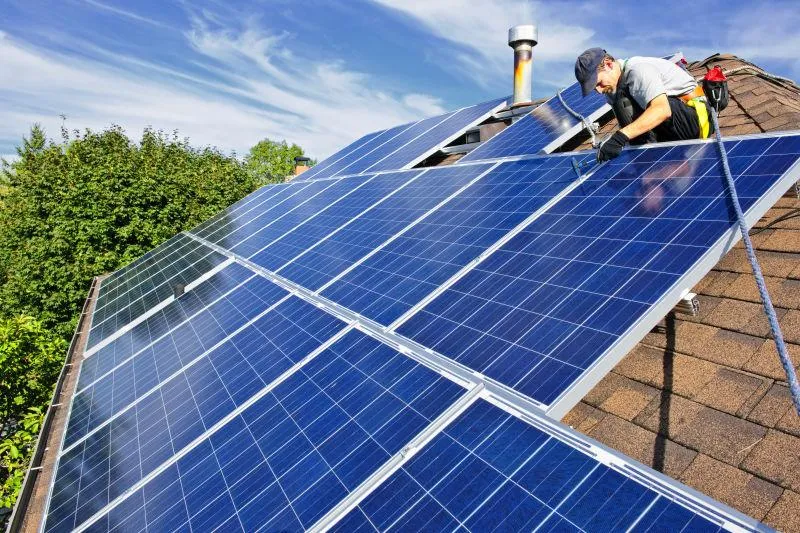solar panel measurements
Understanding Solar Panel Measurements
Solar panels have become an essential component of modern renewable energy systems, enabling households and businesses to harness the power of the sun. To ensure their efficiency and performance, understanding solar panel measurements is crucial. This article delves into the important parameters that define the functionality of solar panels and how they contribute to energy generation.
One of the primary measurements to consider is the wattage of a solar panel, often expressed in watts (W). This figure represents the amount of energy the panel can produce under standard testing conditions (STC), which typically include a solar irradiance of 1000 watts per square meter and a cell temperature of 25 degrees Celsius. For example, a typical residential solar panel may have a wattage rating of 300W, meaning it can generate 300 watts of power at peak sunlight conditions. Understanding wattage helps consumers determine how many panels are needed to meet their electricity demands.
Another critical measurement is efficiency. This percentage indicates how effectively a solar panel converts sunlight into usable electricity. Higher efficiency panels convert more sunlight into energy in a given area, which is particularly valuable in situations where installation space is limited. For example, if a solar panel has a conversion efficiency of 20%, it means that one-fifth of the sunlight hitting the panel is converted into electrical energy. Advances in technology have led to higher efficiency rates, with some premium panels exceeding 22%.
solar panel measurements

Voltage and current are also important measurements in solar panels. Voltage (measured in volts) refers to the electric potential generated by the panel, while current (measured in amperes) represents the flow of electric charge. The relationship between these two parameters is defined by the formula P=V*I, where P is power in watts, V is voltage, and I is current. Understanding these measurements helps in designing a solar power system that matches an inverter or battery storage requirements.
Temperature coefficients are another aspect to consider. Solar panels have a specification that shows how much their efficiency decreases as the temperature increases. For instance, a panel with a temperature coefficient of -0.4%/°C means its efficiency will drop by 0.4% for every degree Celsius above 25°C. This measurement is particularly important for regions with high temperatures, as it impacts overall energy production during hotter months.
Lastly, area (or size) is a consideration that can greatly affect energy output. Larger panels typically produce more power, but available roof space and local regulations can limit the installation of large panels. The power density, which measures power output per square foot, is crucial for determining how much energy a specific installation can generate based on available space.
In conclusion, when evaluating solar panels, understanding the various measurements—wattage, efficiency, voltage, current, temperature coefficients, and area—is key to making informed decisions. These metrics not only impact the initial investment but also affect long-term energy production and savings. With the shift towards renewable energy, mastering these solar panel measurements will empower consumers to maximize their return on investment while contributing to a sustainable future.
-
Unlocking Energy Freedom with the Off Grid Solar InverterNewsJun.06,2025
-
Unlock More Solar Power with a High-Efficiency Bifacial Solar PanelNewsJun.06,2025
-
Power Your Future with High-Efficiency Monocrystalline Solar PanelsNewsJun.06,2025
-
Next-Gen Solar Power Starts with Micro Solar InvertersNewsJun.06,2025
-
Harnessing Peak Efficiency with the On Grid Solar InverterNewsJun.06,2025
-
Discover Unmatched Efficiency with the Latest String Solar InverterNewsJun.06,2025







